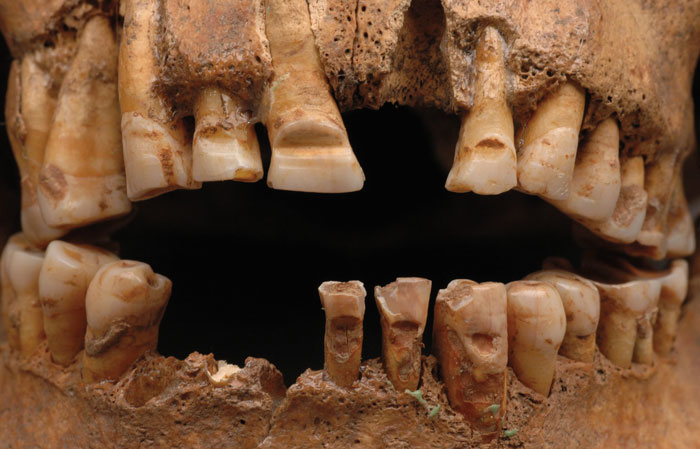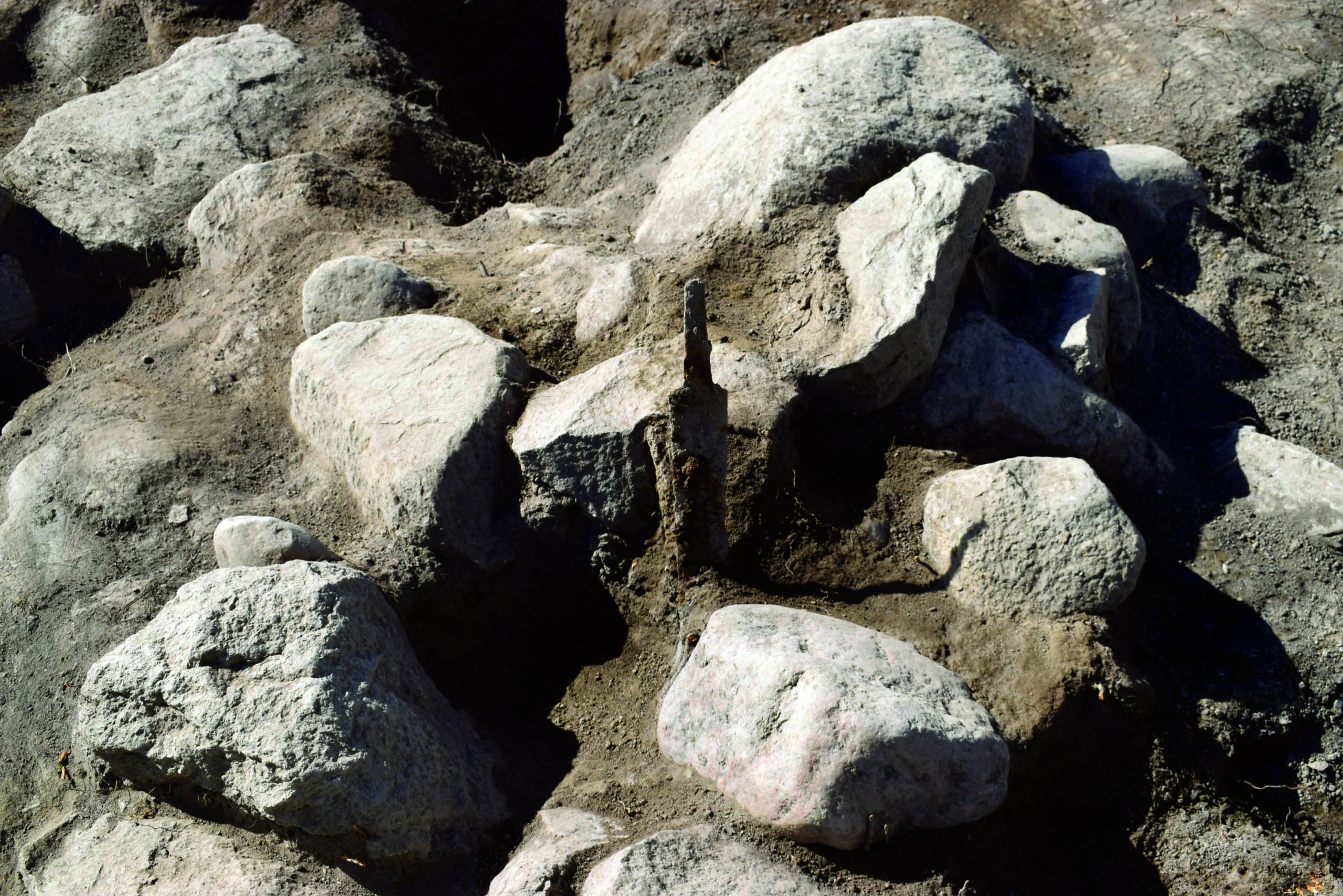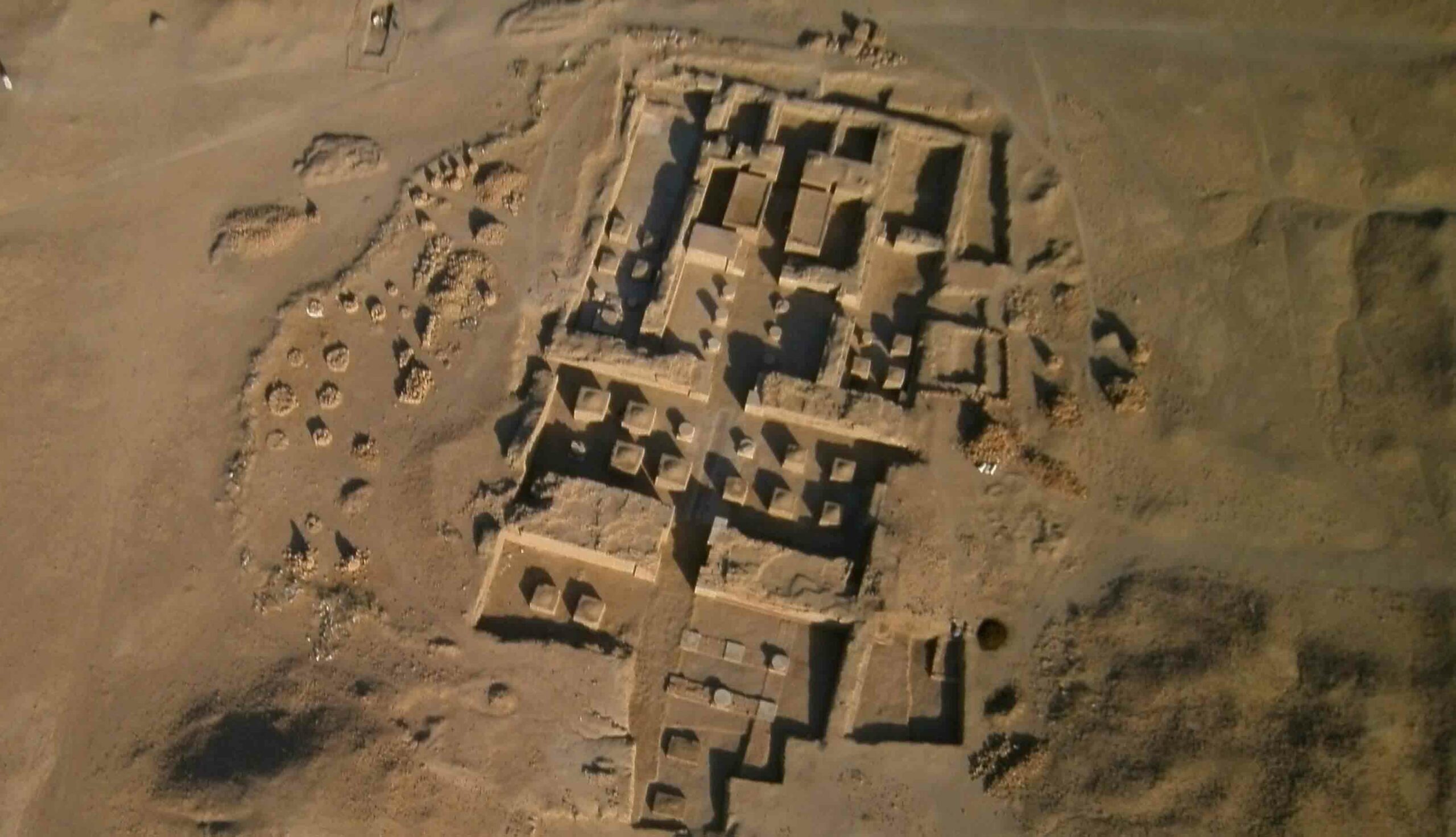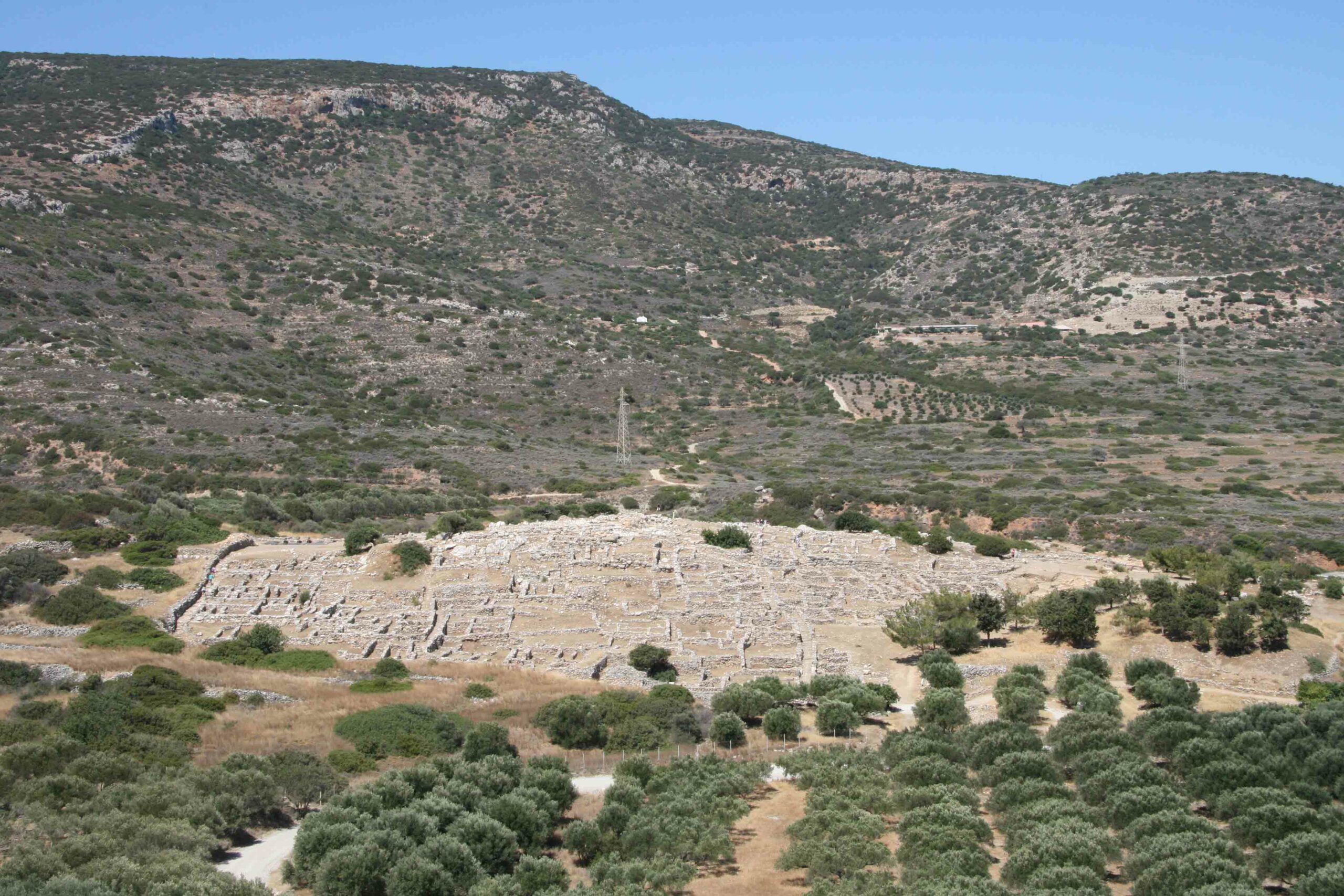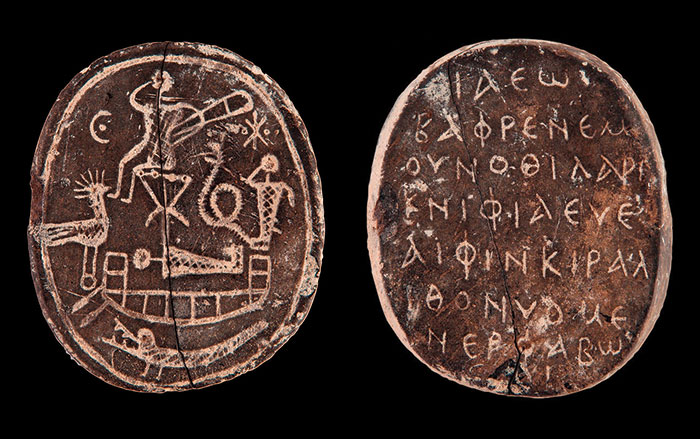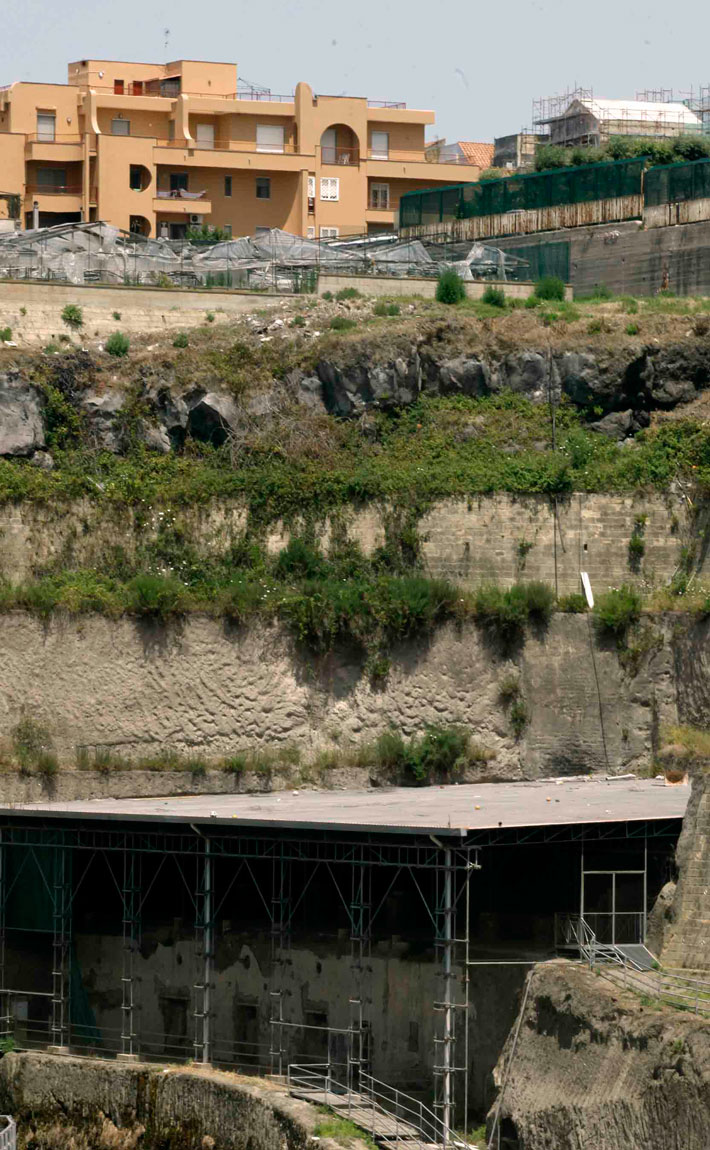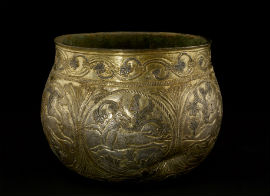
YORK, ENGLAND—Steve Ashby of the University of York thinks that Viking raiders of the eighth century were motivated by more than the acquisition of wealth. “The lure of the exotic, of the world beyond the horizon, was an important factor. Classic anthropology has shown that the mystique of the exotic is a powerful force, and something that leaders and people of influence often use to prop up their power base. It is not difficult to see how this would have worked in the Viking Age,” he said in a press release. Ashby argues that Anglo-Saxon, Frankish, and Celtic metal objects were not melted down because they served as reminders of successful raids and became symbols of status and power. And those who participated in raiding parties not only accumulated wealth, they built their reputations. “The lure of the raid was thus more than booty; it was about winning and preserving power through the enchantment of travel and the doing of deeds. This provides an important correction to models that focus on the need for portable wealth; the act of acquiring silver was as important as the silver itself,” Ashby explained. To read about a discovery presenting other novel ideas about the Vikings, go to "The Vikings in Ireland."


